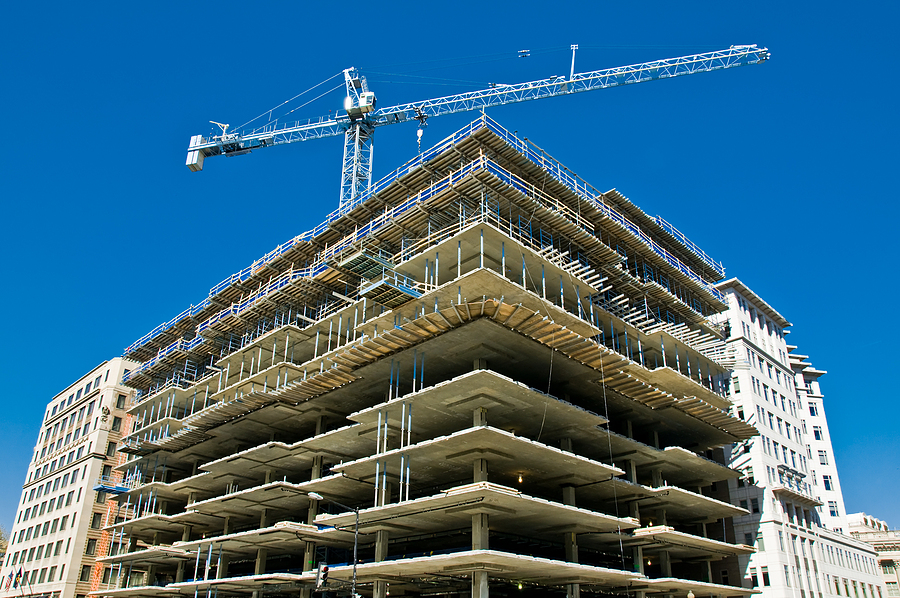
27 Oct Water Stops for Construction-Joints & Leaks
Having necessary water stops within a home to prevent burst pipes, damaged sinks, or exposed dampness will save you time, money and add longevity to the structure of your property.
Waterstops are required for all building structures or infrastructure junctions in concrete where an existing system and a new structure intersect. Depending on the damage, water stops for homes come in various forms. For example, large construction joints require water stops throughout the external areas of the building to prevent water exposure from outdoor sources. In addition, bathrooms and wet areas will require water stops from internal water exposure like damaged pipes or faulty drains.
The purpose of water stops is shown by the name – a stop application used to prevent water leakage or exposure.
In terms of common damages within a home, It’s fair to say, dampness or leaking water ranks among the worst home defaults, especially when new homeowners just landed their dream house. However, well-maintained properties can avoid water damage occurring regularly. With appropriate plumbing inspections and the recommended water stop solutions, water leaks and dampness will not be found anywhere within the building’s structure.
Common Use of Water Stops
Unfortunately, there are many ways water can accumulate within the construction of buildings, including any areas where water can be exposed.
Concrete & Constructions Joints

Concrete is a substance that may be used in every situation for structural applications. However, in modern times, natural water is the only other substance used more than concrete throughout our planet, which indicates an overwhelming need for durable and affordable water stops.
Water infiltration within concrete buildings is most likely at joints produced between concrete slabs, including other components like electrical or plumbing applications that penetrate the concrete. Therefore, water stops are frequently applied at every concrete junction to prevent short and long-term water leakage exposure.
Products like TX PVC water stops and Hydro PVC are ideal and commonly used for construction joints. Both applications come in various sizes to suit any structural layout of commercial and residential buildings.
The breadth of concrete determines the size of the water stop. A 250mm concrete slab, for example, mandates the exact width of the water stop, leaving no room for water exposure.
The rearguard water stop, or externally installed water stop, is positioned behind the connection between the two pours, which generally depends on the construction involved to form the slab
Concrete water stops include:
- Water and sewage structures
- Internal walls and slabs
- Subways and pedestrian tunnels
- Car parks
Water Stops for Bathrooms
Bathroom deficiencies are a category one construction fault within Australia – the third-largest number of complaints regarding inadequate wet spaces.
Wet areas such as bath or shower rooms are most vulnerable to water exposure. Therefore, it’s critical to apply bathroom water stops by following the correct procedure when carrying out the work for building a new home.
For example, it’s essential to understand various elements to pass local building regulations upon inspection when waterproofing a bathroom.
Shower walls should be waterproofed to 150 mm above the shower base or 25 mm above the optimum preserved water level. Waterproofing is also required up to 1800 mm from the completed floor slab or 150 mm above the attached shower head, depending on the shower components overall layout. In addition, all internal and exterior edges within the wet areas, including horizontal connections and exposed walls or ceilings, must be waterproofed.
As the entire bathroom area is exposed to moisture, water stops must also be used throughout the doorways and walls to prevent dampness over time.

Sorry, the comment form is closed at this time.